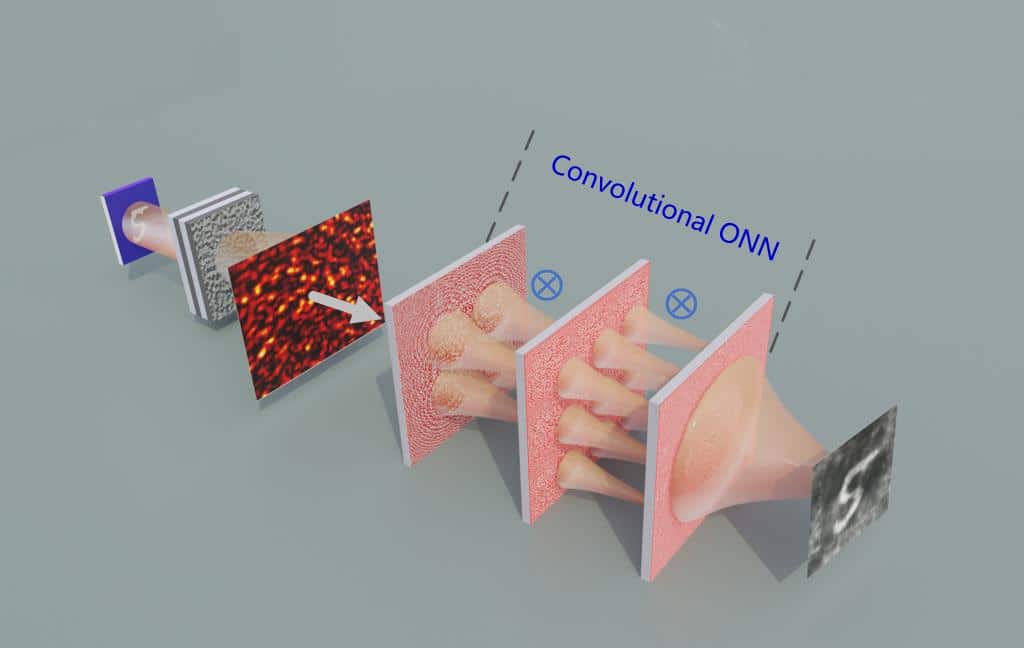Researchers from the University of Shanghai for Science and Technology have introduced convolutional neural networks (CNNs) into optics, achieving a pioneering all-optical neural network that promises to revolutionize AI imaging technology.
Researchers from the University of Shanghai for Science and Technology (USST) have made a groundbreaking advancement by integrating convolutional neural networks (CNNs) into optical systems, resulting in the development of a convolutional all-optical neural network. This innovation promises to significantly enhance the capabilities of artificial intelligence imaging technology.
CNNs, recognized for their superior image recognition potential, are widely utilized in various AI platforms, including ChatGPT. The researchers’ success in introducing CNNs into the realm of optics marks a transformative leap for both fields.
The new all-optical neural network offers the potential for faster and more efficient image processing. Unlike traditional neural networks that rely on electronic components, an all-optical framework utilizes light to perform computations. This can lead to substantial improvements in speed and energy efficiency for complex imaging tasks.

Credit: University of Shanghai for Science and Technology
The study is published in the journal Science Advances.
A Game Changer for Many Use Cases
The implications of this breakthrough are vast. Enhanced AI imaging technologies can revolutionize numerous sectors, including health care, security and autonomous driving. For instance, in medical imaging, faster and more accurate image processing could lead to earlier and more precise diagnoses. In security, advanced facial recognition systems could become more reliable and efficient. Autonomous vehicles could also benefit from improved real-time image recognition, enhancing their safety and navigation capabilities.
Convolutional neural networks have already transformed digital image processing, but this new optical approach signals a paradigm shift with far-reaching possibilities. The success of the USST’s team underscores the rapid advancement and convergence of AI and optical technologies, promising a future where optical and electronic systems coalesce to offer enhanced performance in AI-driven applications.
“In the near future, convolutional optical neural networks will play an increasingly vital role in autonomous driving, robotic vision and medical imaging,” Min Gu, a professor from the School of Artificial Intelligence Science and Technology (SAIST) at USST who co-led the research, said in a news release,
This milestone paves the way for future research and development in all-optical neural networks, potentially leading to further innovative breakthroughs in AI technology.

